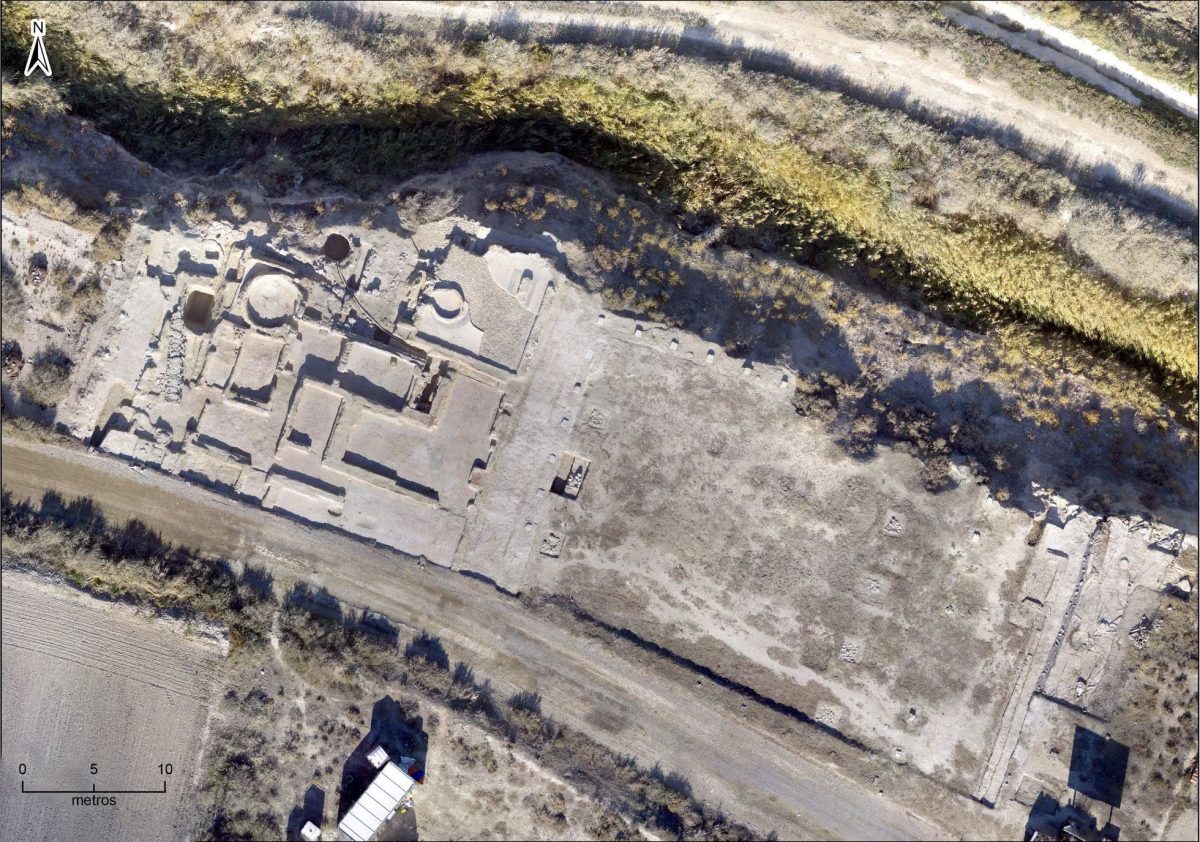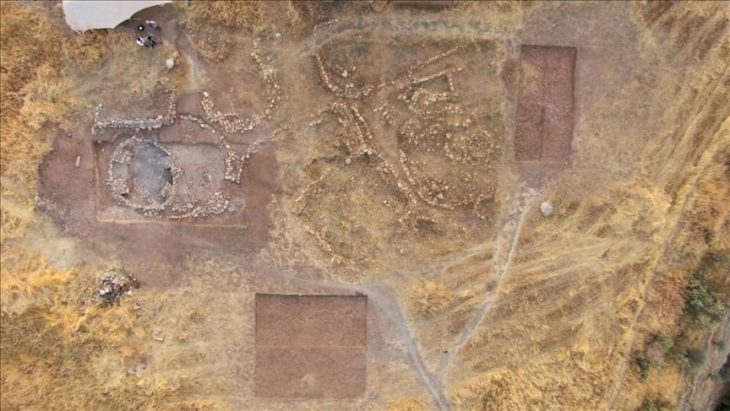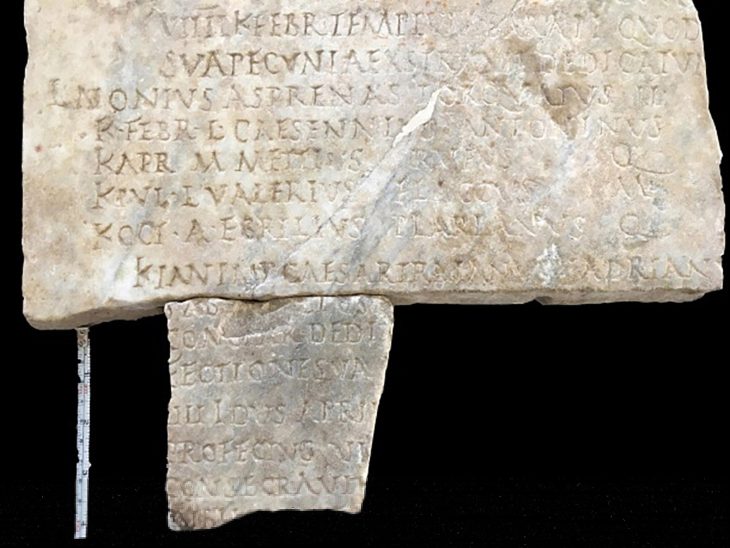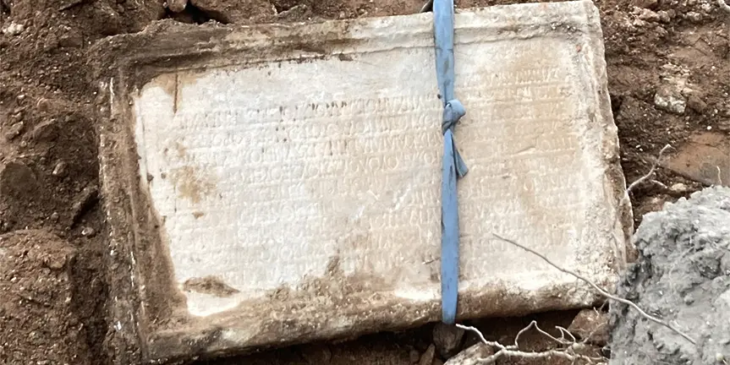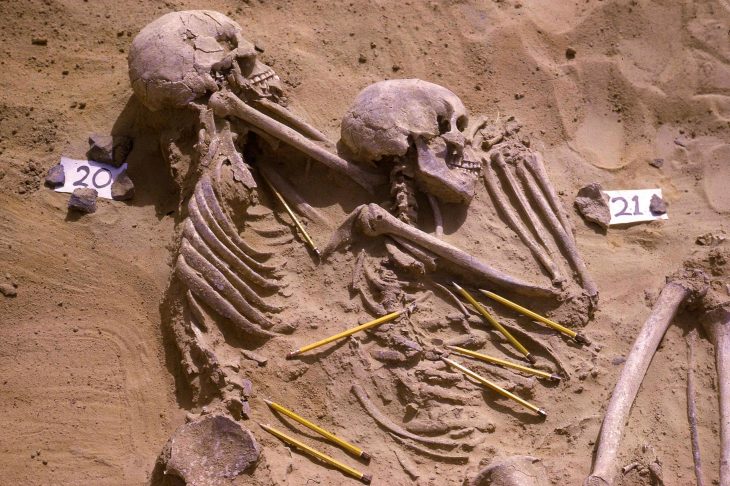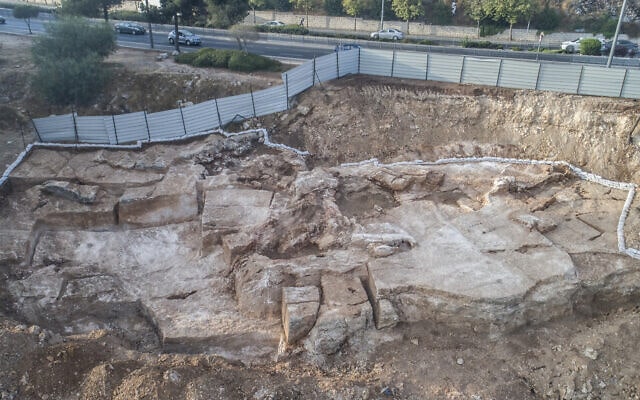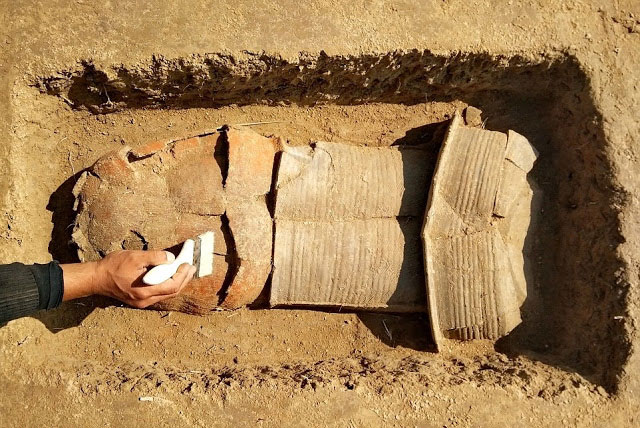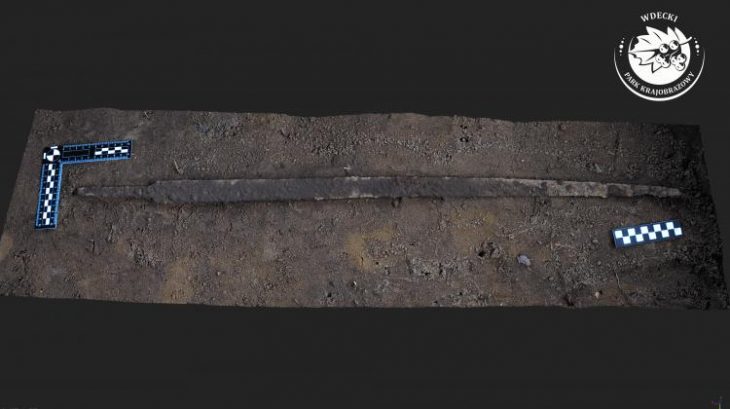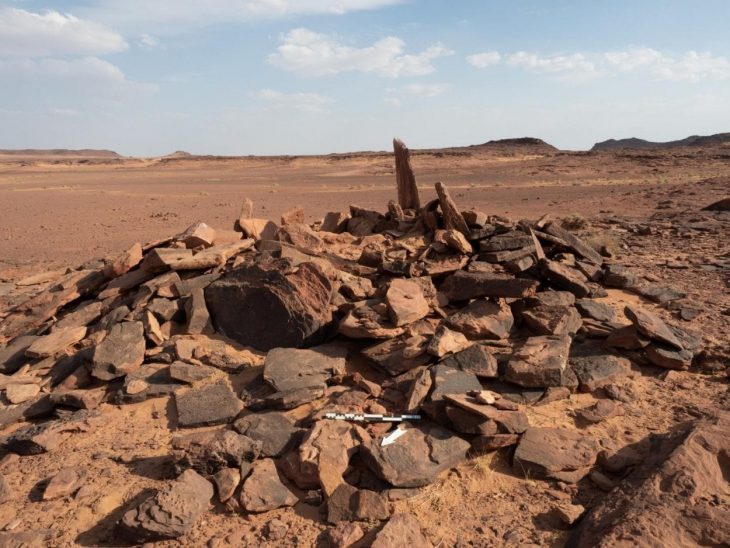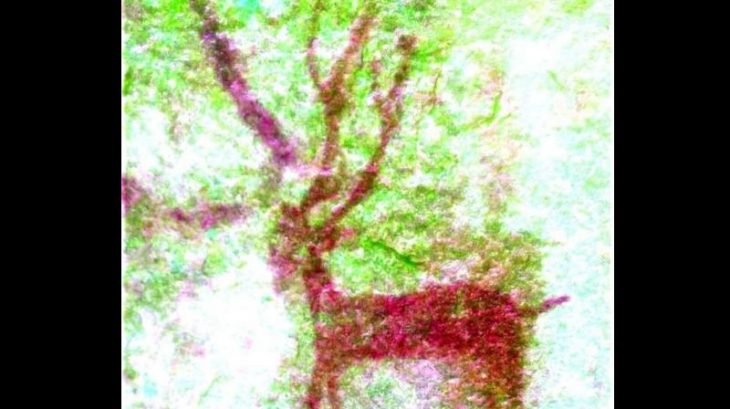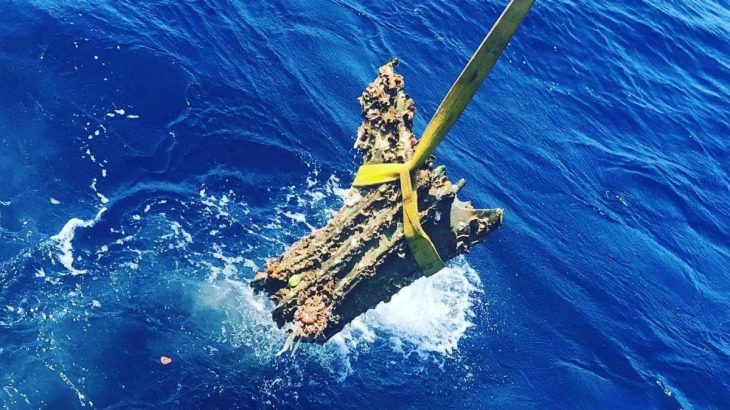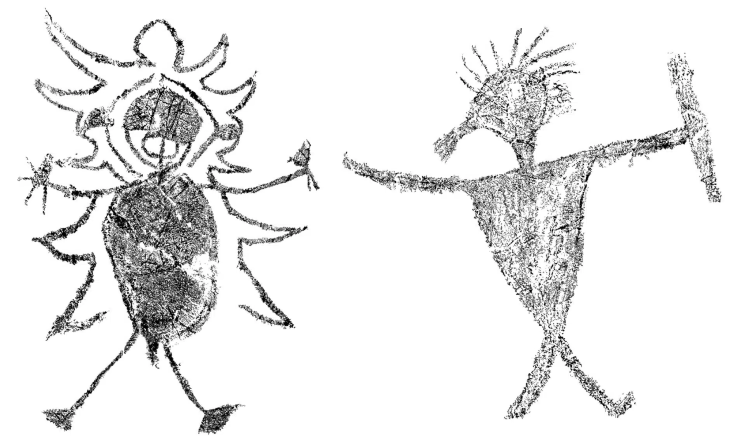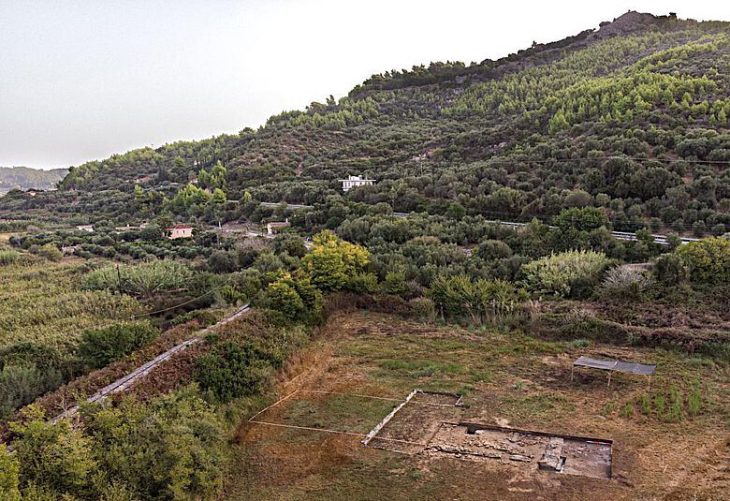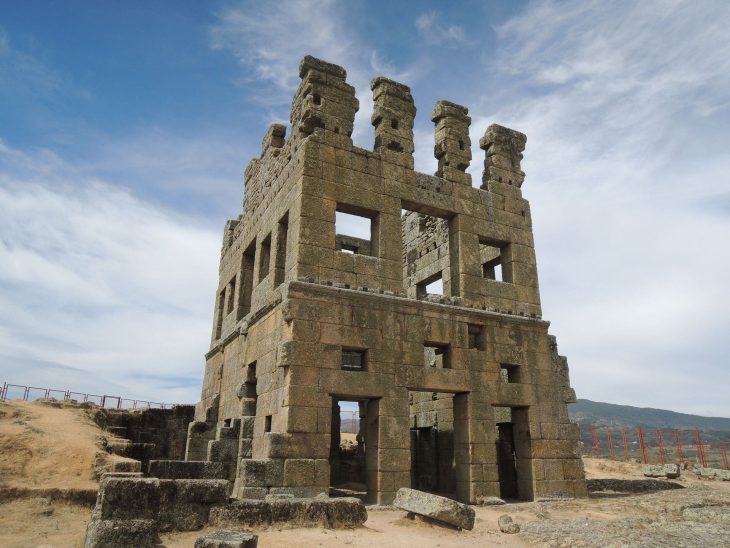Archaeologists have uncovered an ancient Roman forum from more than 2,000 years ago at the site of an unknown city in the municipality of El Burgo de Ebro in northeastern Spain.
Excavations by the Institute of Heritage and Humanities of the University of Zaragoza, co-directed by Alberto Mayayo and Borja Díaz, have found the forum — the most important part of a Roman city and where its most prominent political and religious institutions were located — which is considered the oldest ever unearthed in the interior of Spain.
The name of this Roman city on the banks of the Ebro is unknown, though some experts believe it could be Castra Aelia, a second-line Roman camp that became a city with a large forum after the defeat of the Celtiberians in Numancia.
The city, which was first built as a military camp, only existed for a brief period of time because evidence suggests that it was obliterated during a conflict known as the Sertorian Wars in the early first century B.C.
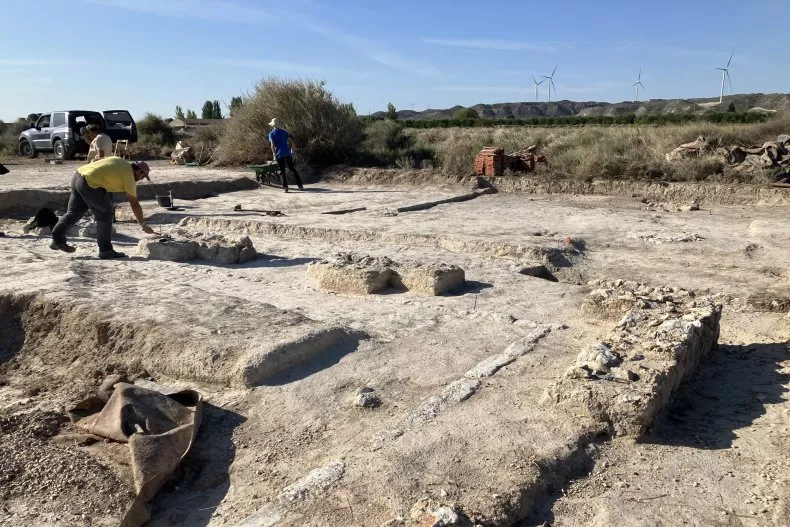
The Sertorian War was a bloody military conflict that took place in Hispania, between the years 82 B.C. and 72 B.C. and between the two factions that disputed power in Rome: the populares of Quintus Sertorius and the optimates of Quintus Caecilius Metellus and Gnaeus Pompeyus Magnus.
“This dramatic event has contributed to making [La Cabañeta] one of the key sites for knowledge of the Roman presence in the interior of the Iberian Peninsula” in this period, Unizar Borja Díaz, co-director of the recent excavations at the University of Zaragoza, Spain, said in a press release.
Borja Díaz: “It was a city laid out in a grid using orthogonal urban planning. Furthermore, a significant number of Latin inscriptions made on ceramics and other supports have been found, which shows that the people who lived there wrote and spoke in Latin. The city’s main function was possibly to serve as an entry and redistribution point for goods arriving by the river. What is certain is that around the year 70, only six or seven decades after it was built, it was razed, as demonstrated by the levels of fire that have been detected and the abundant archaeological material abandoned by its inhabitants. We do not even rule out finding human remains.”

This year’s excavations have focused on the central part of the site, where the team has uncovered the remains of an enormous plaza.
The plaza is framed by a portico and surrounded by a series of rooms that opened onto it, which may have been used for commercial activities.
In the central part of the site, between the thermal baths and the warehouses, is the forum. “It is a large porticoed plaza,” adds Díaz, “onto which a series of rooms probably intended to serve as commercial premises opened.” According to the expert, it must have had “a monumental appearance.” “This is a find of exceptional importance, not only because of its dimensions and architectural complexity, but because it is the oldest civic square found in the interior of the Iberian Peninsula to date, whose discovery will contribute to radically transforming our knowledge of the initial phase of the spread of Roman architectural models in Hispania,” he said.
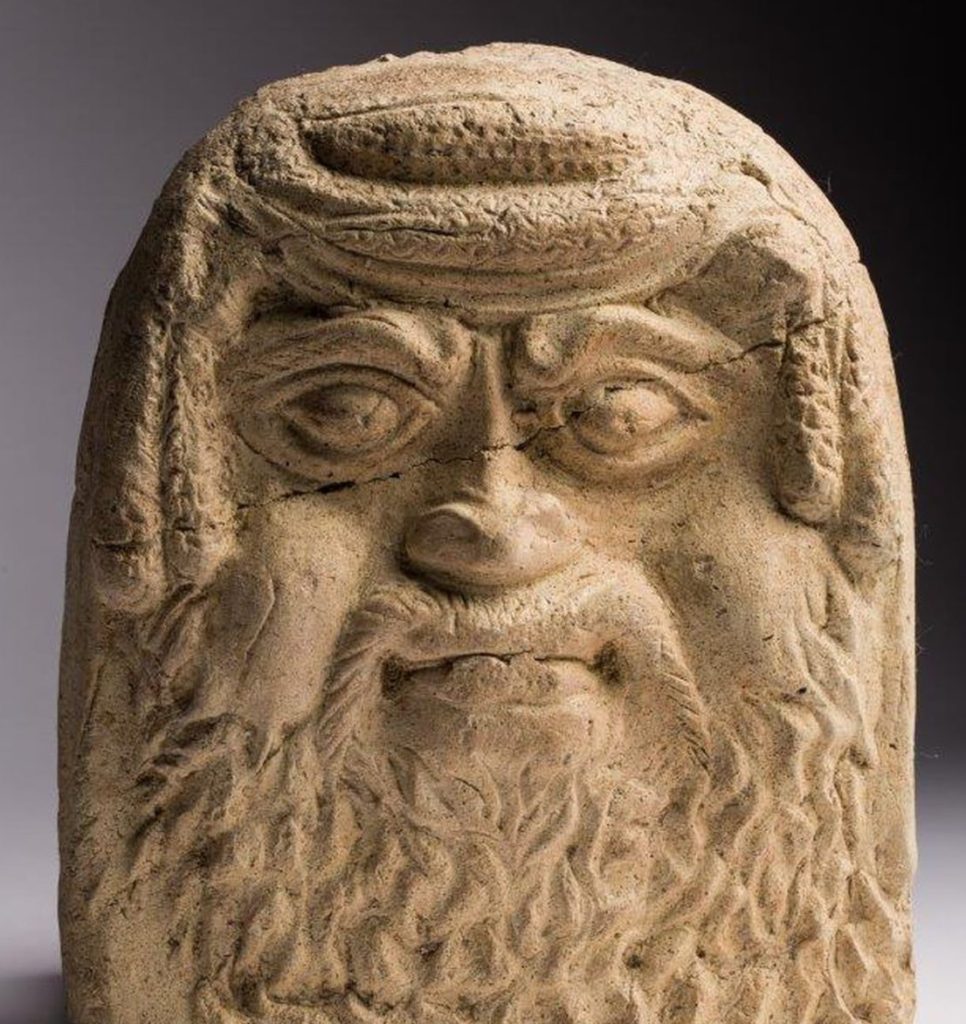
The main function of the city that once stood at La Cabañeta may have been an entry and redistribution point for goods arriving by the river, Borja Díaz told El País.
“We are in a very old site. The existence of similar monumental complexes with this age is not common—not even in Italy, where there are few cities that provide such a clear image of Roman urbanism of the 2nd century B.C. It provides us with a valuable picture of the formative phase of the plaza forum model that would end up being standardized” in later periods, Borja Díaz told Spanish media outlet El País.
Although some experts think it might be related to the settlement of Castra Aelia that is mentioned in historical sources, the name of the ancient Roman city is still unknown.
Cover Photo: Aerial view of La Cabañeta thermal baths. University of Zaragoza

